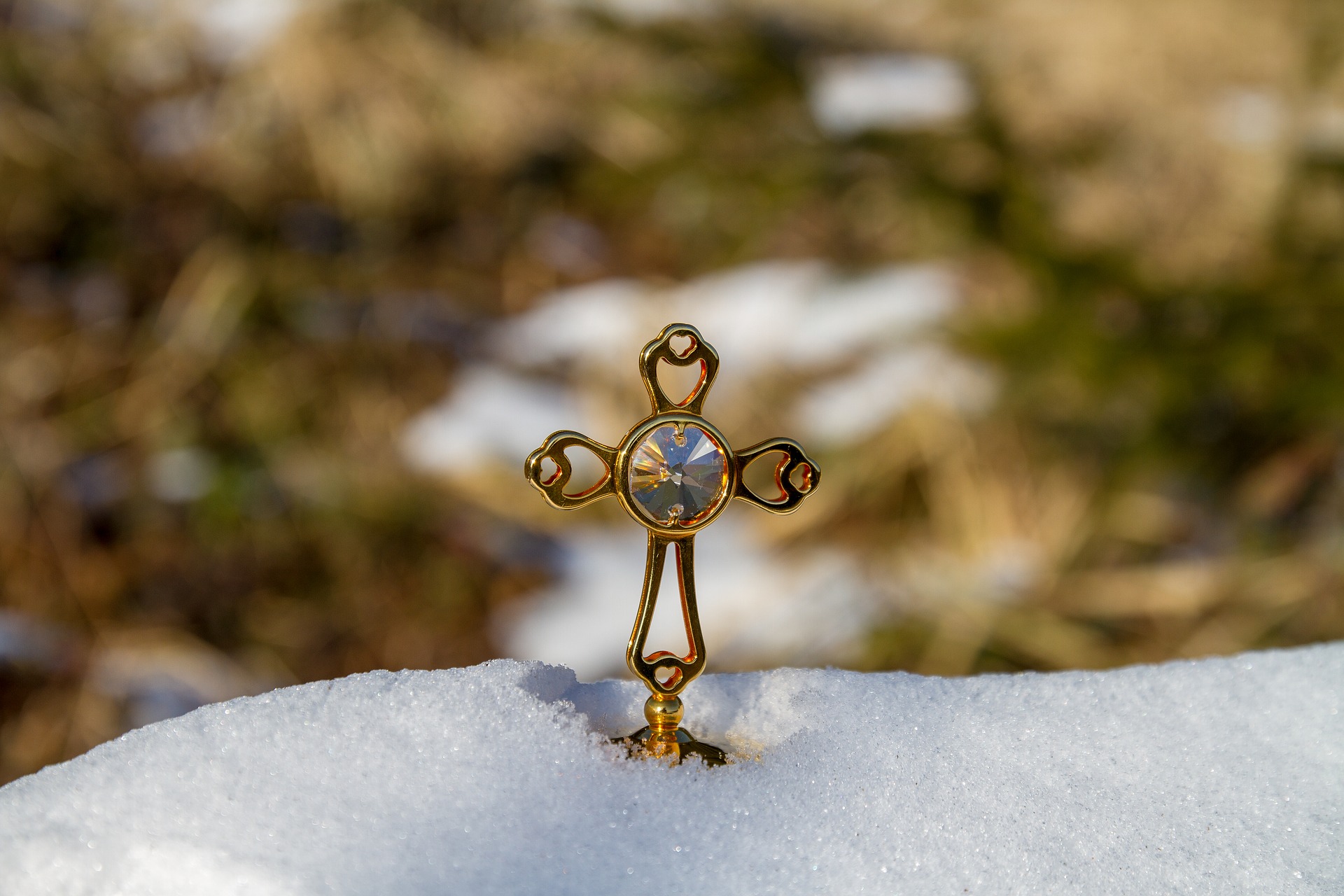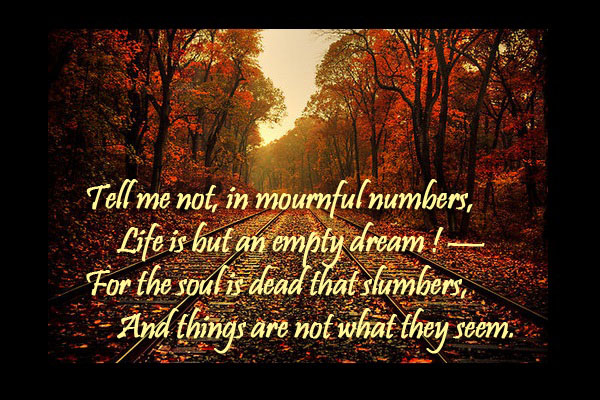About the Poet:
Henry Wadsworth Longfellow was an imperious figure in the cultural life of nineteenth-century America. Born in Portland, Maine in 1807, he became a national literary character by the 1850s and a world-famous personality by the time of his death in 1882. He was a traveler, a linguist, and a romantic who acknowledged with the great civilizations of European literature and thought.
At the same time, he was deep-rooted in American life and history, which indicted his imagination with untried themes and made him ambitious for success. He wrote many lyric poems known for their musicality and often presenting stories of mythology and legend. He became the most popular American poet of his day and also had success overseas.
Henry was a dreamy boy who loved to read. He heard sailors speaking Spanish, French, and German in the Portland streets and liked stories set in foreign places. Henry became a Harvard scholar versed in several European languages. He was heavily influenced by romanticism and made a name as a poet and novelist with works like Hyperion, Evangeline, Poems on Slavery and The Song of Hiawatha. Known for his translation of Dante’s Divine Comedy as well, Longfellow died on March 24, 1882, in Cambridge, Massachusetts.
About The Arrow and The Song:
In the poem “The Arrow and The Song” the poet is making an analogy, comparing the arrow to real life, and the song to feelings. He wishes to convey to his audience that although the arrow, real life is usually visible to the eye, the song, his feelings are not any less real just because they are invisible. He even suggests that real life and feelings can sometimes merge together into one entity.
The poet is saying that for action there is a consequence sometimes good and sometimes bad. He asserts that even things we don’t remember doing someone do.
We can never predict the power of our actions. The words said, the deed done, disappear into the past, but often, years later, we can be astonished to learn of their impact. A friend explodes with rage over an imagined slight. A stranger thanks us for a favor we had forgotten.
In this poem, Longfellow compares two forms of action, represented by an arrow and a song. The speaker shoots an arrow into the air and it falls to earth, out of sight. As a weapon, with the capacity to cut and kill, it could represent our destructive emotions and behavior. We say a bad word, we spread a rumor, and we lie. Our hatred may fly out of sight, but no one can say that there is no lasting damage.
The Setting of The Arrow and The Song:
The mood of the poem is one’s quest to search a mate, friend, or purpose. The song is perhaps romantic or a wish. One cannot expect to find his purpose in life by being inert. He has to fling some arrows as search. It is said, ask, knock, and seek, ask and it shall be given, knock and it shall open, seek and ye shall find. The oak is the mark and a strong one at that. In our constant search, sometimes we stumble onto the very thing we a looking for. It is a great poem and evokes dreamers.
We throw so many things into the air, and we very rarely ever know afterward what affect or effect they really have. And it’s a rather simple form, which makes the meaning all that more powerful.
It is both interesting and surprising how what we do and what we say affects the lives of those around us especially when we have not the slightest thought that it does so. Perhaps Longfellow is suggesting that we more closely understand this and as a result more positively uplift those within the world around us, those indeed who are searching for a soothing song and not a hurting heart.
Stanza-wise Summary of The Arrow and The Song:
In this poem, the poet Longfellow begins by comparing two forms of action, represented by an arrow and a song. The speaker shoots an arrow into the air and it falls to earth, out of sight. As a weapon, with the capacity to cut and kill, it could represent our destructive emotions and behavior. We say a bad word, we spread a rumor, and we lie. Our hatred may fly out of sight, but who’s to say there’s no lasting damage
In the second stanza, the speaker breathes a song “into the air.” A song suggests something carefree and benign. Formless and free, it is the opposite of the arrow, but its destination is similarly unknown.
It represents our efforts to celebrate life rather than to damn it. It is better to look for the good in people rather than to condemn them for their flaws. But if we do someone a good turn, our virtue need not be always rewarded.
However, there may be other ways of looking at the arrow and the song. After all, the arrow has positive, even heroic connotations of the strength of will, resolve, and purpose. If the arrow represents the realm of physical activity, then the song may, by way of contrast, represent the realm of poetry and art. Falling to earth, falling on deaf ears, it seems horribly ineffectual.
The question posed at the end of the second stanza creates a pause as we ponder it. When the poem resumes, the scene and the tone have subtly changed. The repetition and the three strong stresses in the phrase “long, long, afterward,” make us feel the heaviness of the speaker’s aging body. We hear the rueful voice of an older, wiser man. We associate old age with sagacity, a pragmatic perspective that sees things more clearly than thrusting youth; and, at this point, the speaker finally discovers the path of the arrow and the song. It’s as if he discovers the path of his own life and a hidden aspect of life itself.
Some online learning platforms provide certifications, while others are designed to simply grow your skills in your personal and professional life. Including Masterclass and Coursera, here are our recommendations for the best online learning platforms you can sign up for today.
The 7 Best Online Learning Platforms of 2022
- Best Overall: Coursera
- Best for Niche Topics: Udemy
- Best for Creative Fields: Skillshare
- Best for Celebrity Lessons: MasterClass
- Best for STEM: EdX
- Best for Career Building: Udacity
- Best for Data Learning: Pluralsight














